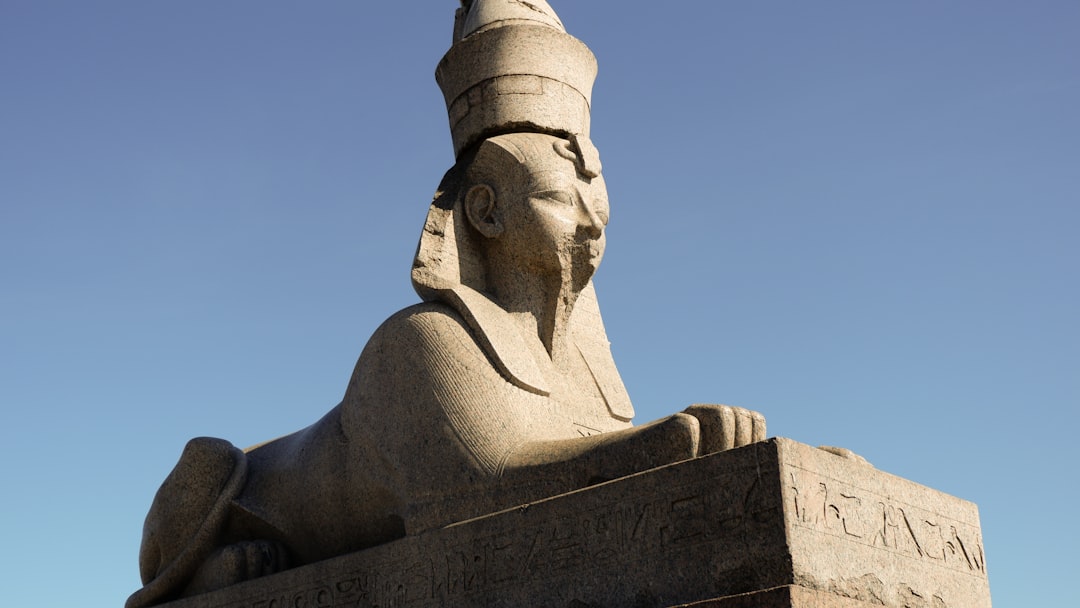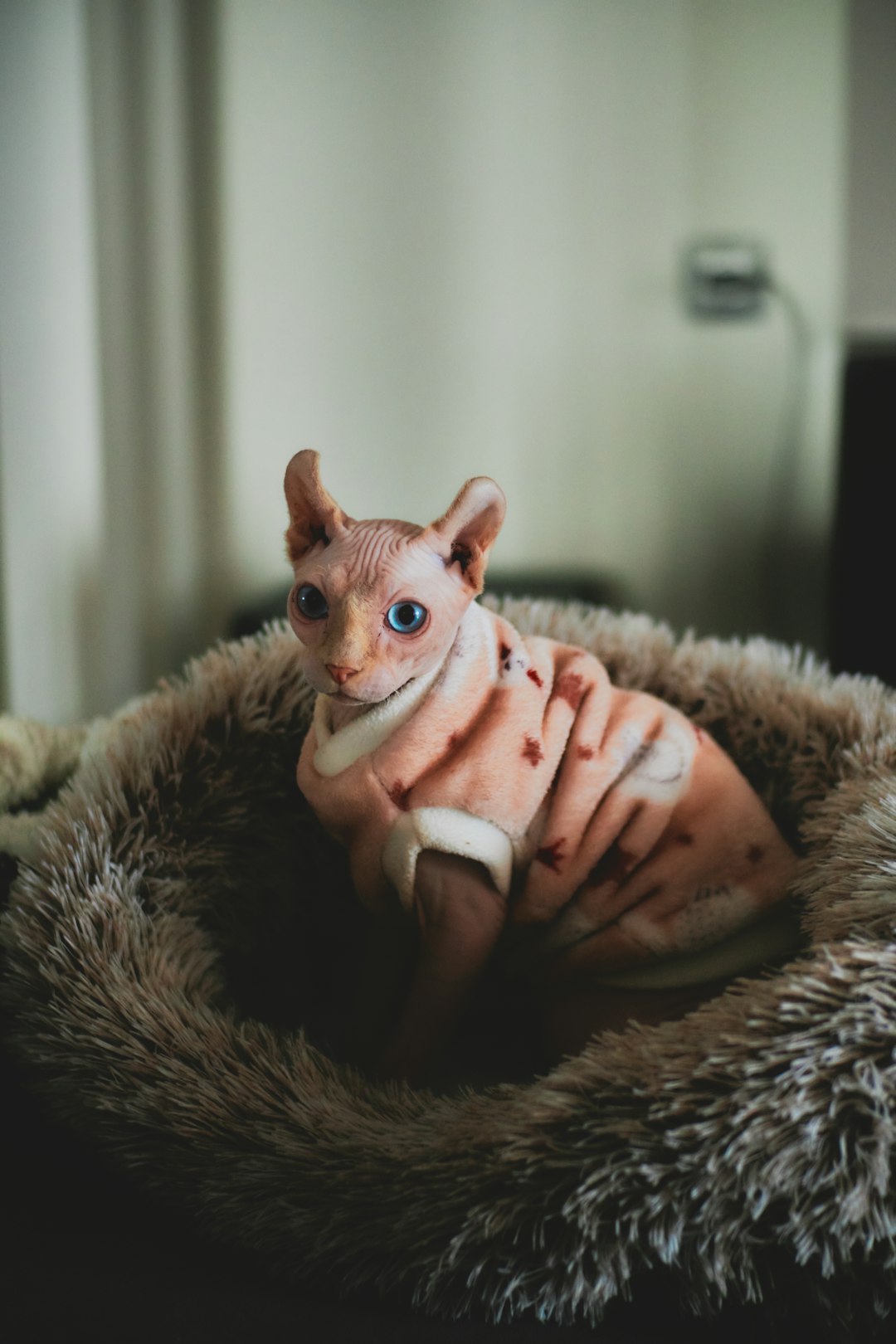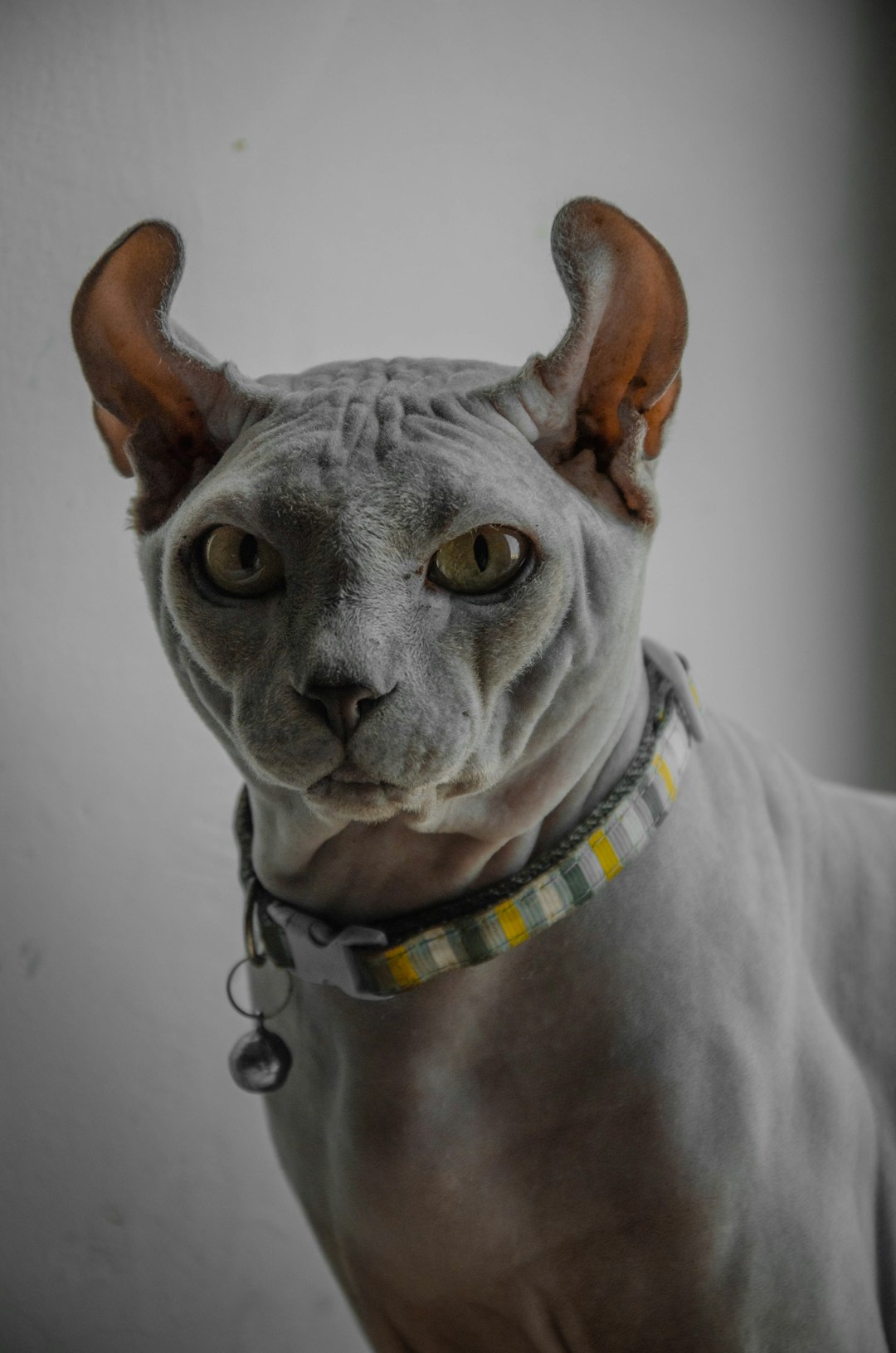Cats communicate in various ways, and understanding their body language is essential for any pet owner. A frequent point of curiosity surrounds the question, "why do cats wag their tails?" As they express their emotions through different tail movements, grasping these signals can enhance your bond with your feline friend. By observing their tail positions, you can decipher whether they are feeling playful, agitated, or relaxed. This post will explore the nuances of feline body language, focusing on tail movements and the various meanings behind them, allowing you to interpret your cat’s feelings more accurately.
Understanding Feline Body Language
To grasp why do cats wag their tails, it’s essential to explore how cats communicate through their body language. Cats possess a rich array of signals that convey their emotions and intentions. Here are some key elements of feline body language:
- Tail Movements: The tail is a powerful emotional indicator. A wagging tail doesn’t always mean happiness; context matters significantly.
- Ear Orientation: Forward-facing ears indicate curiosity, while ears that are flattened back suggest fear or aggression.
- Whisker Position: Whiskers that are forward signal interest, while whiskers pulled back indicate stress or uncertainty.
- Body Posture: An arched back signifies a defensive stance, while a relaxed body position suggests comfort.
Understanding these signals aids in interpreting the numerous reasons behind why do cats wag their tails. By observing these behaviors, cat owners can foster a more harmonious relationship with their feline companions, enhancing their overall well-being and communication. Keep an eye on your cat’s tail and other body cues to unlock the mystery of their feelings.
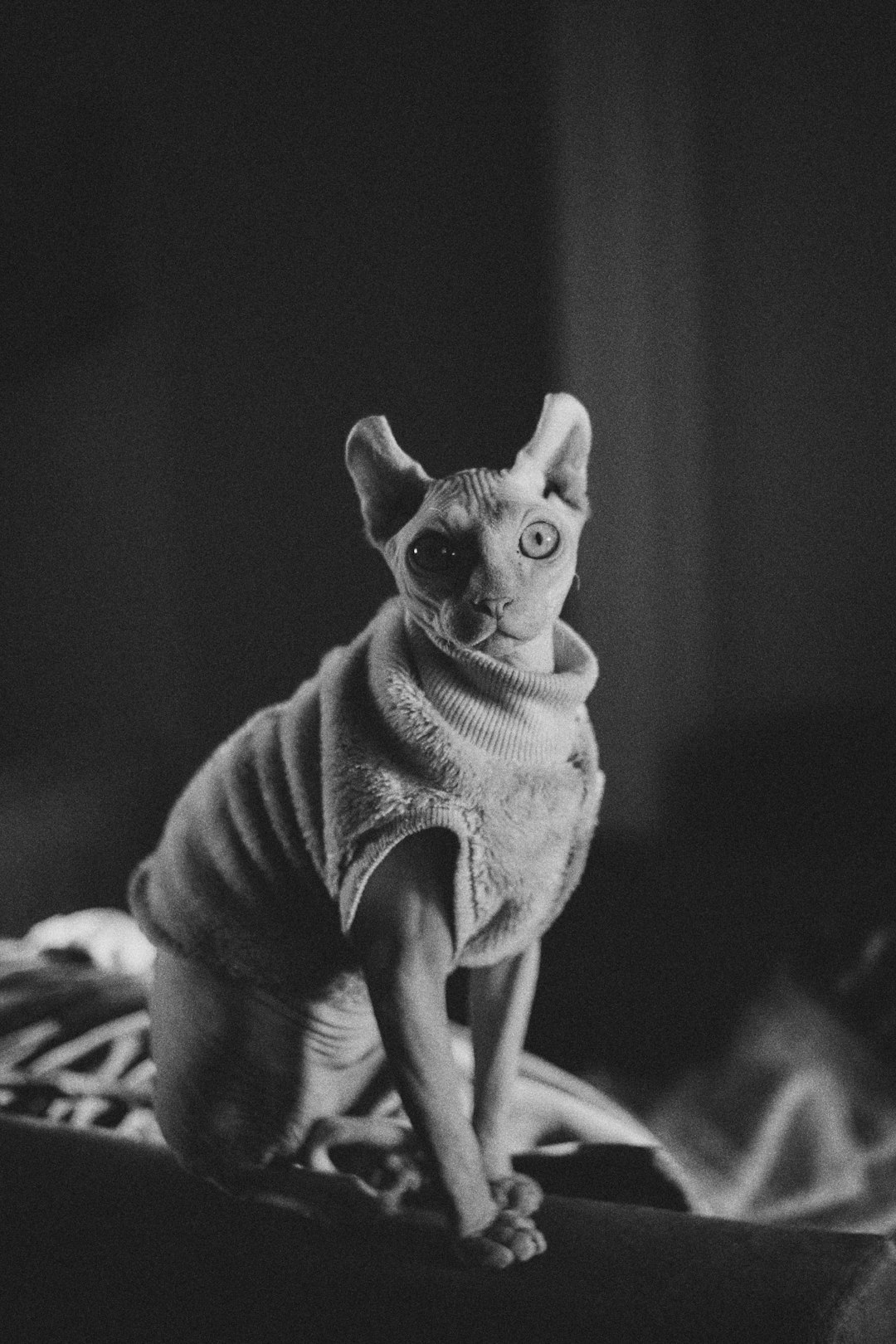
The Significance of Tail Movements
Understanding why do cats wag their tails is crucial for interpreting their emotions and intentions. Tail movements serve as a significant component of feline body language, revealing much about a cat’s mood and behavior. Here are some key points about tail movements and their significance:
- Emotional Indicator: Cats express feelings like excitement, annoyance, or affection through their tail movements.
- Communication Method: A wagging tail can signal a response to stimuli, such as their owners or other pets.
- Species-Specific Signals: Different breeds may display unique tail behaviors based on their characteristics and temperaments.
Tail Movement Chart
| Tail Position | Meaning |
|---|---|
| High and Upward | Alertness or happiness |
| Slow Wave | Contentment, relaxed atmosphere |
| Fast Wagging | Irritation or agitation |
| Tail Tucked | Fear or submission |
By observing how a cat wags its tail, you can better understand why cats wag their tails and improve your relationship with your furry friend. Remember, each movement is a message, so pay attention!
Common Tail Positions and Their Meanings
Understanding why do cats wag their tails involves deciphering their various tail positions. Each position conveys a distinct message about a cat’s mood and intentions. Here are some common tail positions and their meanings:
Upright Tail: Indicates confidence and happiness. A cat with an upright tail is generally in a good mood.
Curled Tail: Shows affection. When a cat approaches with a curled tail, it often seeks companionship.
Low or Droopy Tail: Suggests fear or submission. It signals that the cat may be feeling threatened.
Puffed-Up Tail: Indicates aggression or fear. A puffed-up tail makes the cat appear larger, a defensive posture.
Wagging Tail: This is where the question of why do cats wag their tails often comes in. A gentle wag can signal excitement or curiosity, whereas a rapid wag might suggest irritation.
Twitching Tail Tip: Shows concentration or excitement, often seen when a cat is ready to pounce on a toy.
Observing these tail positions helps you understand your feline friend better, allowing for more meaningful interactions.
What a Wagging Tail Indicates
Understanding why do cats wag their tails requires examining the context and movement of their tails. Unlike dogs, whose wagging typically indicates excitement or happiness, a cat’s wagging tail conveys a range of emotions:
Mild Agitation: A slow, controlled wag can suggest that your cat might be feeling agitated or annoyed. It’s their way of saying, "I need some space."
Curiosity: Rapid side-to-side motion often indicates excitement and curiosity, signaling that they are engaged with something intriguing.
Playfulness: A tail that flicks quickly back and forth may show that your cat is ready to play. This behavior invites interaction, so be prepared for some fun!
Annoyance or Fear: A stiff, vertical wagging tail with twitching at the tip can indicate annoyance or even fear. In this case, it’s best to give your feline friend some distance.
By observing these cues, you can better understand why do cats wag their tails, leading to a more enriching relationship with your furry companion.
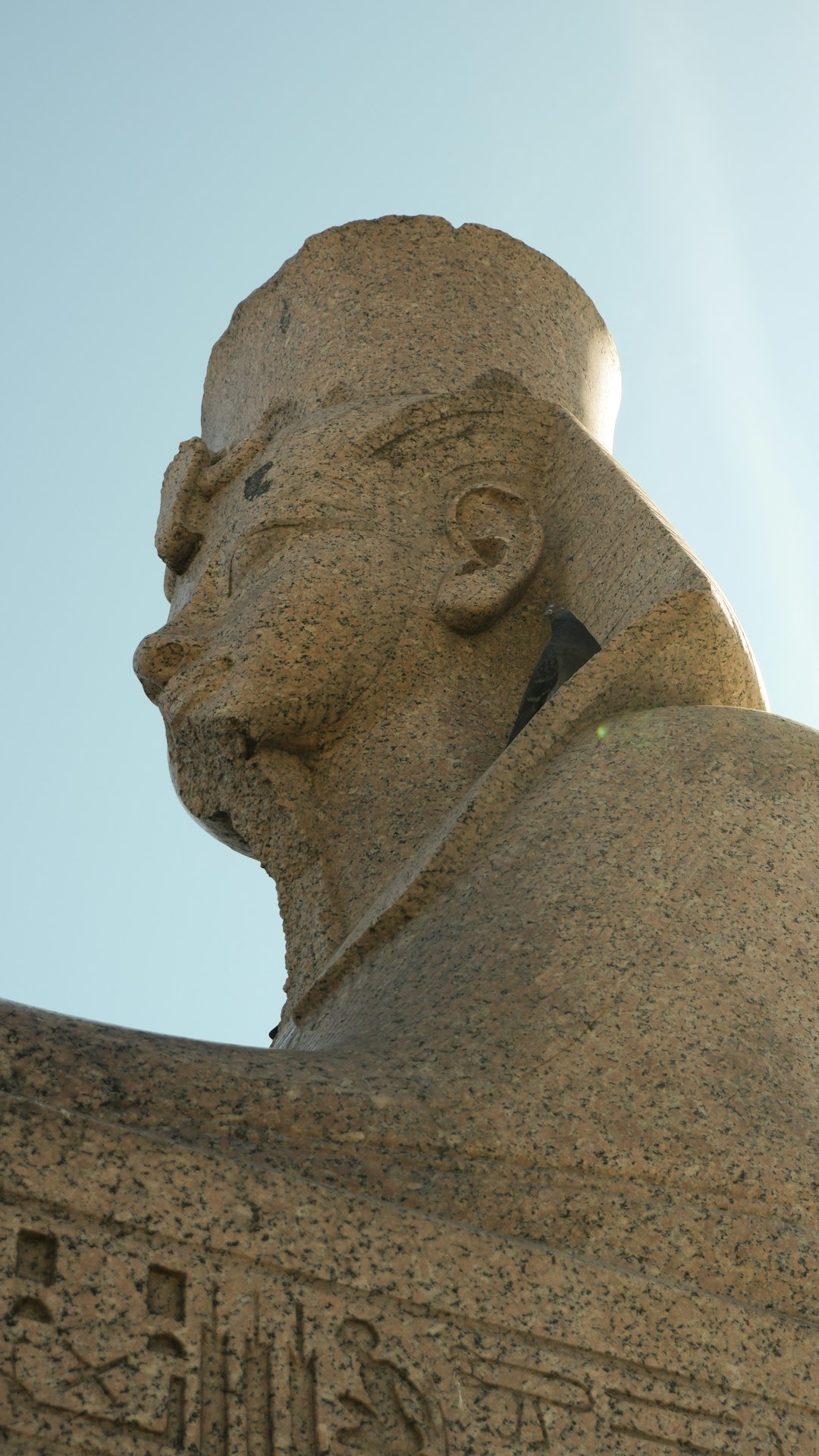
Differences in Tail Communication Among Breeds
Understanding why do cats wag their tails can vary significantly among different feline breeds. Each breed has its unique mannerisms that add dimension to their communication. Here’s how tail communication differs:
- Siamese Cats: Often display a highly expressive tail. A soft, slow wagging indicates contentment, while a quick flick may suggest irritation.
- Maine Coons: Known for their bushy tails, a wagging tail in this breed generally signifies playfulness. They express happiness with broader movements.
- Bengals: Have a distinctive tail communication style; a fast, rapid wag can signal excitement or an eagerness to play.
Quick Comparison Table
| Breed | Tail Movement Meaning |
|---|---|
| Siamese | Slow wag = Contentment; Quick = Irritation |
| Maine Coon | Broad wag = Happiness |
| Bengal | Rapid wag = Excitement |
In conclusion, why do cats wag their tails extends beyond mere motion. Observing the unique tail behaviors among different breeds can provide deeper insight into their feelings and intentions.
When Tail Wagging Signals Aggression
Understanding why do cats wag their tails can uncover crucial insights into their emotions. Interestingly, not all tail movements signify joy or playfulness. In fact, a wagging tail can sometimes indicate aggression. Here’s how to differentiate between the two:
- Fast and Stiff Wagging: A rapid, rigid tail wag could signal that your cat feels threatened or irritated. This is a clear warning to give them space.
- Back and Forth Motion: If a cat swings its tail vigorously from side to side, it may be pursuing a confrontation.
- Low Position: A tail held low and wagging is often a sign of agitation.
Comparison of Tail Wagging Contexts
| Tail Movement | Emotion | Action to Take |
|---|---|---|
| Slow swishing | Curiosity or contentment | Approach gently |
| Fast, stiff wagging | Aggression or irritation | Back away and avoid contact |
| Gentle flicks | Alertness or mild annoyance | Observe from a distance |
Therefore, when you observe a wagging tail, consider the context and other body language cues. By understanding these signals, you’ll better interpret why do cats wag their tails and respond appropriately.
The Role of Tail Wagging in Playful Behavior
When exploring why do cats wag their tails, it’s essential to recognize that tail movements convey various emotions and intentions. Specifically, tail wagging often signifies playful behavior. Here are some key indicators:
- Energetic Wagging: A cat that wags its tail rapidly, especially combined with a bouncy stance, usually invites interaction. This excitement signals readiness for fun.
- Curve and Fluff: When a cat curls its tail and puffs it up while wagging, it indicates high spirits, showcasing enthusiasm for play.
- Playful Batting: Observe if your cat pounces or gently swats while wagging its tail. This movement typically indicates a playful mood, often during solo play or with a companion.
Comparison of Tail Wagging Behaviors
| Tail Movement | Emotion/Intent | Typical Context |
|---|---|---|
| Fast, Side-to-Side | Excitement | Begging for play |
| Slow and Steady | Curiosity | Investigating surroundings |
| Low, Flicking | Mild Annoyance/Frustration | During play interruptions |
Understanding why do cats wag their tails helps foster a deeper bond with your feline friend, ensuring you can enjoy their playful moments to the fullest.
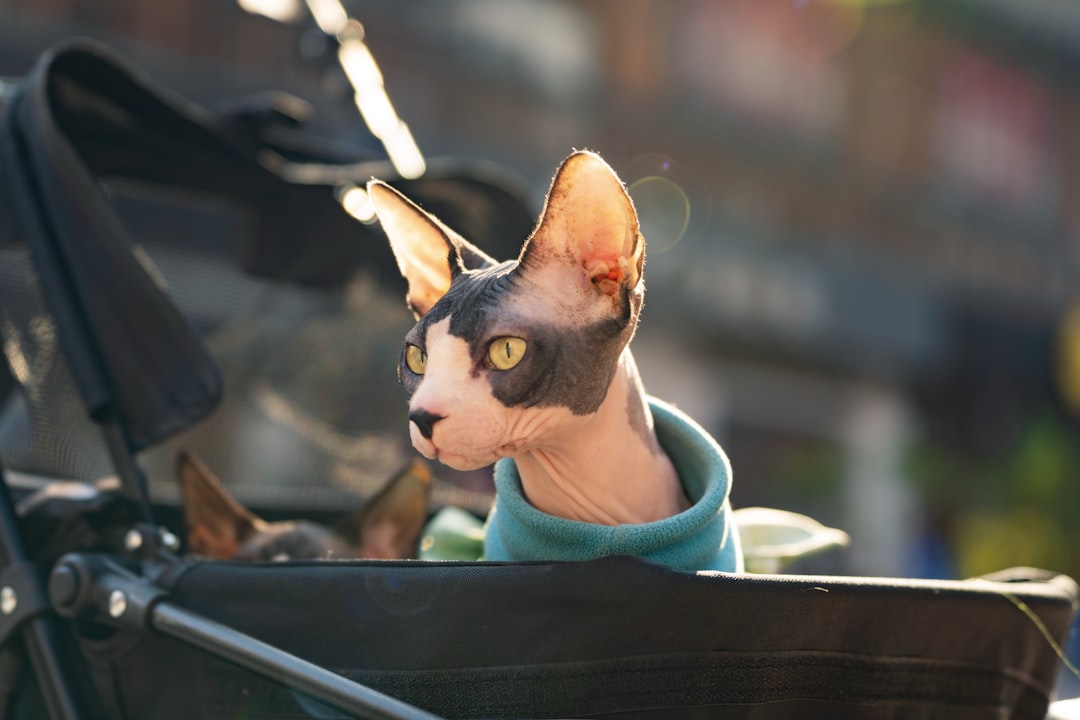
Observing Other Body Language Cues
To truly understand why do cats wag their tails, one must look beyond just tail movement. A cat’s overall body language is a tapestry of signals that provides valuable insights into their feelings. Here are key cues to observe in conjunction with tail wagging:
Ears Position:
- Forward = Interested
- Flat Against Head = Upset or Scared
Eyes:
- Slow Blinking = Content and Trust
- Wide Open = Alert or Nervous
Whiskers:
- Relaxed = At Ease
- Pushed Forward = Curious or Excited
Body Posture:
- Upright and Confident = Relaxed
- Arched Back or Hunched = Threatened
By considering these elements alongside why do cats wag their tails, you can gain a comprehensive understanding of a cat’s emotional state. For instance, a wagging tail paired with flat ears might indicate irritation, while a relaxed tail coupled with slow blinks suggests your cat is happy. Observing these cues will help you interact more effectively and ensure your feline friend feels secure and understood.
Frequently Asked Questions
Why do cats wag their tails when they are happy?
When a cat wags its tail as a sign of happiness, it is often accompanied by other relaxed body language signals, such as a vertically held tail and a calm demeanor. This gentle wagging indicates that the cat feels secure and content in its environment. For instance, you might notice a cat happily wagging its tail while being petted or when it sees its favorite toy. Importantly, this tail movement is generally slow and rhythmic, reflecting the cat’s positive emotions.
What does it mean when a cat’s tail is held high while wagging?
A cat that holds its tail high while wagging is expressing confidence and excitement. This posture typically indicates that the cat feels proud or assertive in its current situation. Cats often exhibit this behavior when they are exploring new surroundings or playing aggressively. The high tail signals that the cat is approachable and in a good mood, making it a friendly gesture, especially when combined with facial expressions such as relaxed ears and soft eyes.
Can tail wagging indicate aggression in cats?
Yes, tail wagging in cats can indicate aggression, especially if the wagging is rapid and erratic. This type of movement is often a warning sign that the cat is feeling threatened or annoyed, and it may be preparing to defend itself if necessary. An agitated cat may also exhibit other body language signals such as flattened ears, an arched back, or dilated pupils. It’s important for pet owners to recognize these warning signals to prevent potential conflicts or injuries.
How do different tail movements reflect a cat’s mood?
Different tail movements can reveal a variety of moods in cats. For example, a slowly swaying tail may indicate a cat’s curiosity or playfulness, while a puffed-up tail is often a sign of fear or aggression. Additionally, a cat that pulls its tail down between its legs is likely feeling anxious or submissive. Recognizing these subtle differences in tail language can greatly enhance your understanding of your feline friend’s emotional state.

